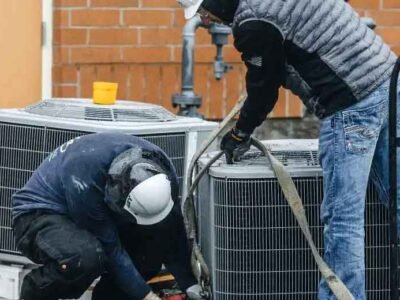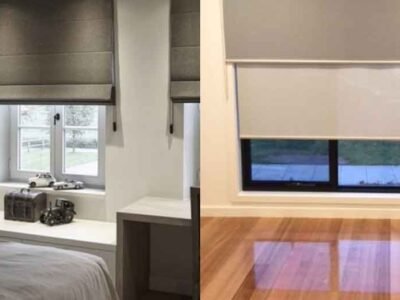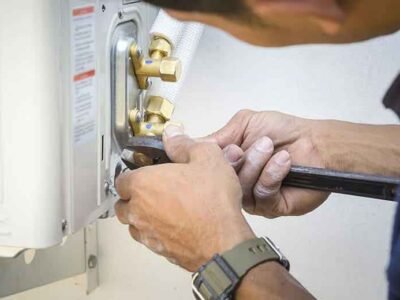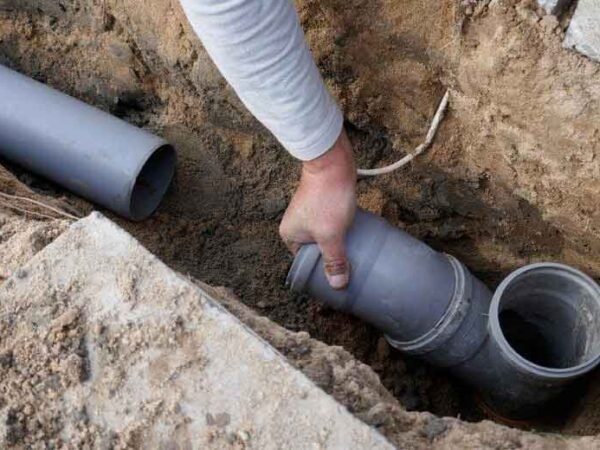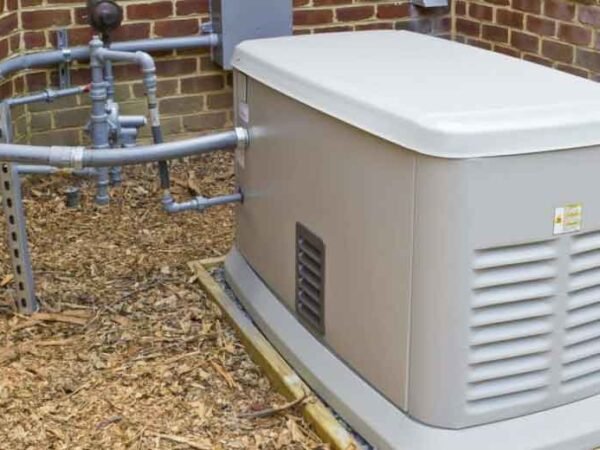Did you notice a musty smell coming from your home during the cold season? It could be a sign indicating the presence of mold. Even if you are a tenant living on rent, you shouldn’t ignore this. That’s because the presence of mold can put you and your loved family members at risk. Hence, you should start looking for the reason it’s happening.
Can you fix the mold issues on your own? Or do you need to seek professional help? Read on as we take a look at the steps to control humidity and prevent mold during the cold season.
Why Moisture and Mold Are Common During the Cold Season
Humidity can build up indoors easily during the cold season. That’s because most people tend to keep their windows shut. It can help you stay warm, but it will only leave room for a little fresh air to get in. As a result, moisture from cooking, bathing, and even breathing will stay trapped inside.
Cold air from outside can meet warm air trapped inside. This happens on surfaces such as windows or walls. As a result, condensation will take place, and this dampness is the perfect environment where mold can thrive.
Molds are common in rental homes since daily indoor activities, such as cooking and doing laundry indoors, can raise humidity. Tenants may run space heaters or humidifiers without realizing these can raise indoor moisture levels. Poor insulation, old windows, and inadequate ventilation make it even worse. Mold spores are always present in the air, but they only grow when they find damp surfaces. Once mold starts spreading, it can become a health concern, especially for those with allergies or asthma.
If you’ve ever seen black spots creeping across the bathroom tiles or near window frames, that’s mold in action. The key is to understand humidity control so that molds never get the chance to start growing in the first place.
Steps to Take in Controlling Humidity
Controlling humidity is a great way to manage mold problems, but how can you control humidity in your home? Here are some steps that can help you with it.
Install Property Ventilation Systems
Proper ventilation can help you avoid mold-related problems effectively. This is why you should invest in a property ventilation system. If you are a tenant, you need to request this from your landlord.
A property ventilation system exchanges stale air from indoors with fresh air from outside. It happens without losing too much heat. As a result, you can avoid the possibility of getting mold. Even if there is no possibility of getting a property ventilation system, there are steps you can take to improve the flow of air. For example, open windows for just five minutes once or twice a day. Make sure to do this after cooking or showering. This short burst of fresh air helps drive out moisture without cooling the rooms too much.
You should always run the exhaust fan during showers and for at least twenty minutes after. When it comes to the kitchen, you should use the range hood while cooking. Ventilation not only reduces dampness but also lowers the musty odor that signals mold growth is starting.
Encourage Safe Heating Practices
Heating is essential during the cold season, but the type of heating method matters when it comes to humidity. Some heating devices, especially unvented gas heaters, release water vapor into the air. This adds to the moisture problem. If possible, use central heating systems or electric heaters that do not produce additional water vapor.
Avoid drying clothes indoors without proper ventilation. Wet laundry increases humidity significantly. If you must dry indoors, place clothes near a window and keep the window slightly open.
Another tip is to keep indoor temperatures steady. Fluctuating temperatures can cause condensation on walls and windows. Maintaining a comfortable, consistent warmth helps surfaces stay dry, limiting the places where mold can grow.
Preventing Mold Growth in Rental Homes
If you live in a rental property, mold prevention requires cooperation between tenants and landlords. Tenants can take daily steps to reduce moisture, while landlords should make structural improvements when needed.
Choose Mold-Resistant Materials
For property owners, choosing materials that resist mold is one of the best investments during renovations. Mold-resistant paint contains special additives that stop spores from settling. These tiles with anti-microbial surfaces help prevent growth in bathrooms and kitchens. Drywall made with fiberglass instead of paper is far less likely to support mold.
These changes may seem like extra expenses at first. However, they save money in the long run by preventing costly mold remediation and keeping tenants happy.
Provide Tenant-Friendly Resources to Reduce Indoor Moisture
Some tenants may not know the daily habits that prevent mold. Landlords can help by offering clear guidance. A simple welcome guide for new tenants could include tips like:
- Keep bathroom doors closed when showering.
- Use extractor fans regularly.
- Wipe down window frames when condensation appears.
- Avoid blocking vents with furniture.
In some cases, landlords can provide small dehumidifiers. These devices are easy to use and can make a significant difference in problem areas. If you have a property manager, you can pass over the responsibility to them. Bay Property Management Group has access to trusted contractors for mold remediation and preventive work.
Regular inspections are also important. Not to invade privacy, but to check areas prone to moisture such as basements, attics, and bathrooms. Catching mold early prevents it from spreading and keeps the property safe.
Final Words
The cold season will bring cozy evenings indoors. However, it can also increase the risk of humidity buildup and the growth of mold. Once you understand why this happens, you will be able to take practical steps to take control over it. Make sure you don’t ignore the importance of proper ventilation, safe heating, and mold-resistant materials. They offer much-needed assistance with keeping your home healthy.


